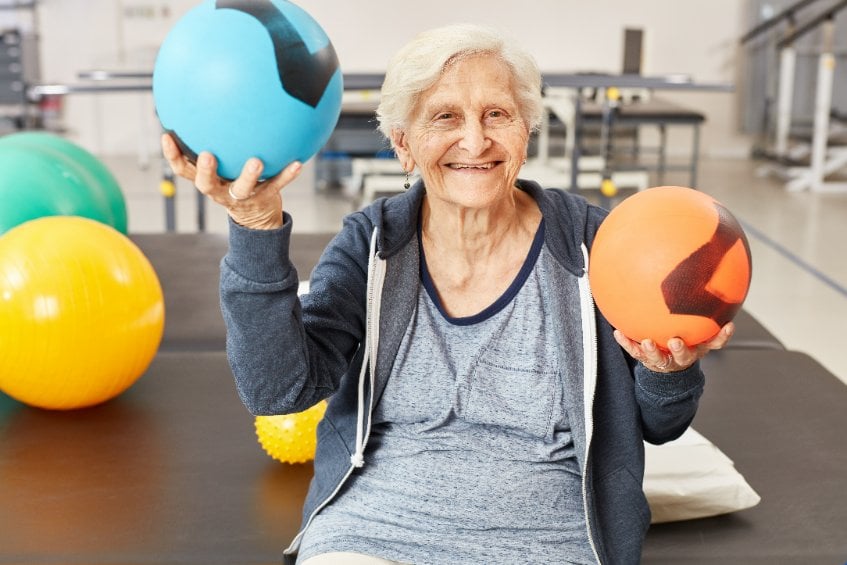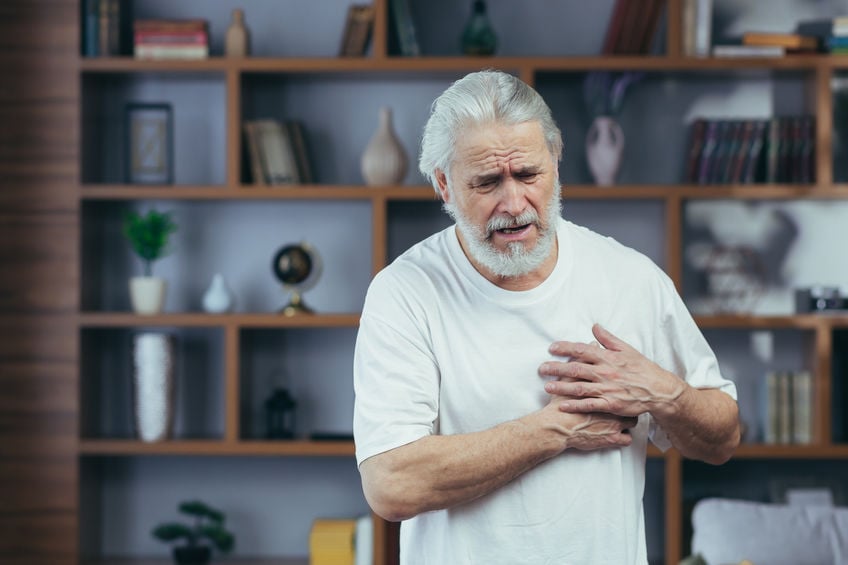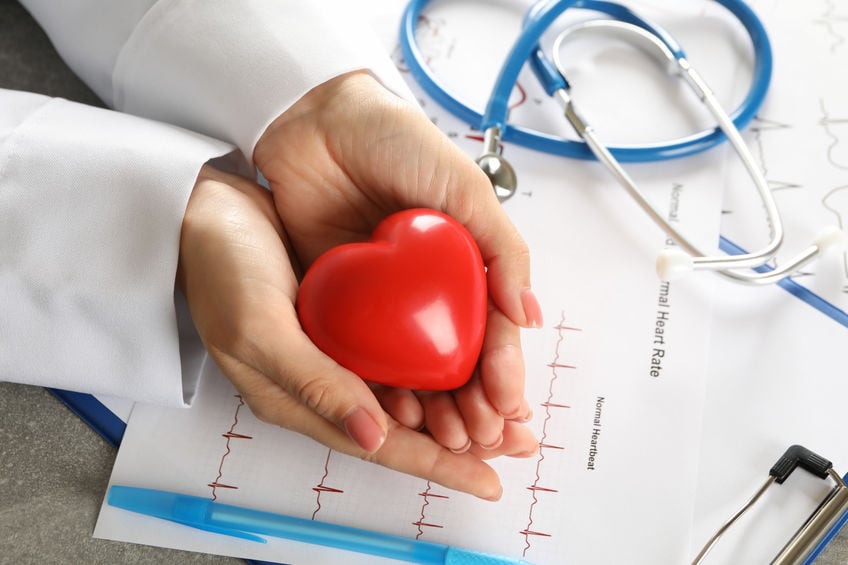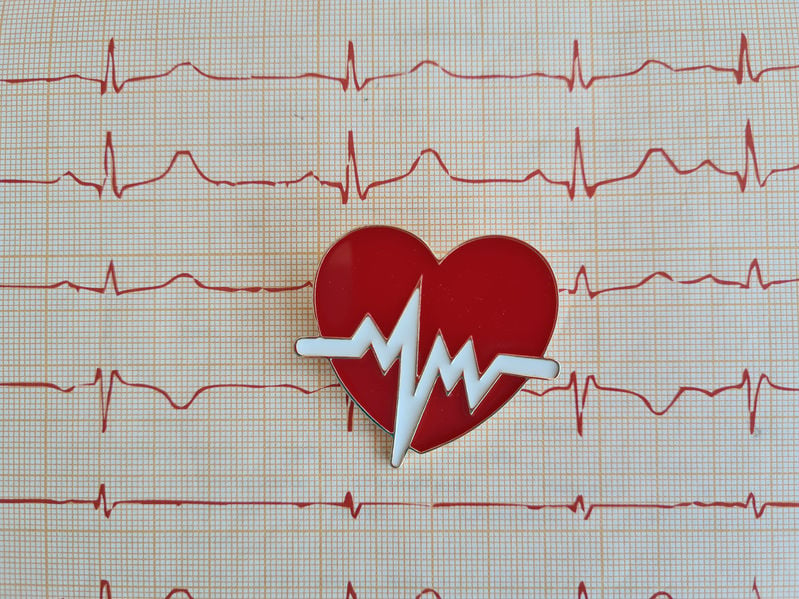The Aftermath Of A Stroke
A stroke occurs when the blood supply to part of the brain is cut off. As a result, the brain cells in that area become damaged or die, causing temporary or permanent damage. Approximately 800,000 people experience strokes yearly, affecting every gender, ethnicity, and age. Depending on the type and severity of the stroke, there can be several long-term effects. These include memory loss, partial paralysis, impaired speech, and loss of motor function. To improve recovery and the quality of life, patients often need a combination of physical, occupational, and speech therapy.

Let’s get physical
Stroke rehabilitation plays an essential role in regaining independence. Some patients need physical therapy to restore strength, mobility, balance, and motor function. After treatment at a hospital, the medical team will connect the patient with a physical therapist. Physical therapy begins almost immediately. The therapist will have the patient’s medical details and will create a plan specific to the patient.
What should you expect during physical therapy?
The physical therapist will help the patient relearn how to safely move short distances. For example, patients learn to sit in chairs, move into and out of bed, and maintain balance. Some patients will need help walking and moving with assistive devices. If the patient loses function in one arm, physical therapy also helps regain movement. The next step is to perform daily exercises to improve the strength of the limbs. Physical therapy occurs over several months of consistent training.
The power of occupational therapy
Physical therapy helps with simple to advanced movements. At the same time, the patient will have other sensory and memory challenges. For some patients, a stroke impacts simple tasks like writing, pouring coffee, grooming, cooking, dressing, and more. Occupational therapy helps patients navigate everyday tasks. Different exercises break down what were once simple tasks into smaller chunks. The therapist will also incorporate adaptive equipment like sticks, stools, railings, and modified utensils. Performing real-life actions helps to retrain the brain, sending the necessary signals to damaged areas.
Improving your speech
About 1 in 3 stroke victims will have problems speaking and understanding speech. Strokes commonly damage the part of the brain that helps with language, known as aphasia. These speech issues can persist for several months and limit communication. Speech therapy combines physical and cognitive exercises to improve speech, memory, and communication. The treatment can start with simple exercises to help the tongue, mouth, and vocal cords move when speaking. From there, patients learn to break down long, complex sentences. There are also techniques to help patients who skip words or cannot speak clearly. Technology is helpful for speech therapy, with apps and games encouraged.
Your stroke rehab plan
Strokes can have a long-term effect on daily functioning. The patient does not lose intelligence but may lose the ability to perform simple tasks. This can be both frustrating and stressful. All 3 therapies can take several months to bear fruit but are essential for recovery. Each helps promote neuroplasticity, which is the brain’s ability to reform simple connections. These, together with a healthy lifestyle, can help most stroke patients reclaim a better quality of life in recovery.



